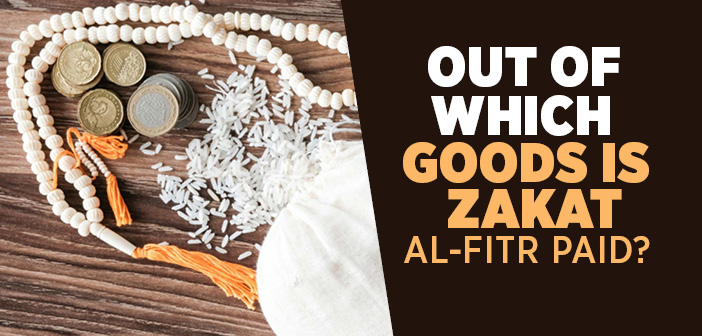What can be given as zakat al-fitr?
During the time of our Prophet, zakat al-Fitr would be given out of the food items that were always available in the market such as wheat, barley, date, and raisin. The amount that must be paid on behalf of each individual is one sa’ (approximately 3 kilograms)[1] of the food, which is the primary staple of the person on whose behalf it is being distributed. The preferred foodstuffs, in descending order of preference, are wheat, barley, corn, rice, chickpeas, lentils, broad beans, dried dates, raisins, milk and cheese.
Zakat al-fitr must be paid in kind. In other words, it is not permissible to determine and give the monetary value of the foodstuff that will be given as zakat al-fitr. (According to the Hanafi School, it is permissible to give monetary value of the foodstuff. This may even be better for the benefit of the poor because they can spend the money for the things they need more.)
The basis of determining a certain measure for the payment of zakat al-fitr is to meet the food needed to feed a poor person for two meals. However, it is recommended to calculate zakat al-fitr according to the economic conditions of the person who pays it. The head of a family who will pay zakat al-fitr should determine how much food he needs for one day and multiply this amount by the number of his family members in order to find out how much he needs to pay as zakat al-fitr.
[1] Sa’ as a measurement unit: When a normal size person opens both of his hands and takes wheat in his hands, the amount of wheat in his hands is called one mudd. 4 mudds are equal to one sa’.
Source: Fiqh1 (According To The Shafi’i School Of Islamic Law), Erkam Publications





